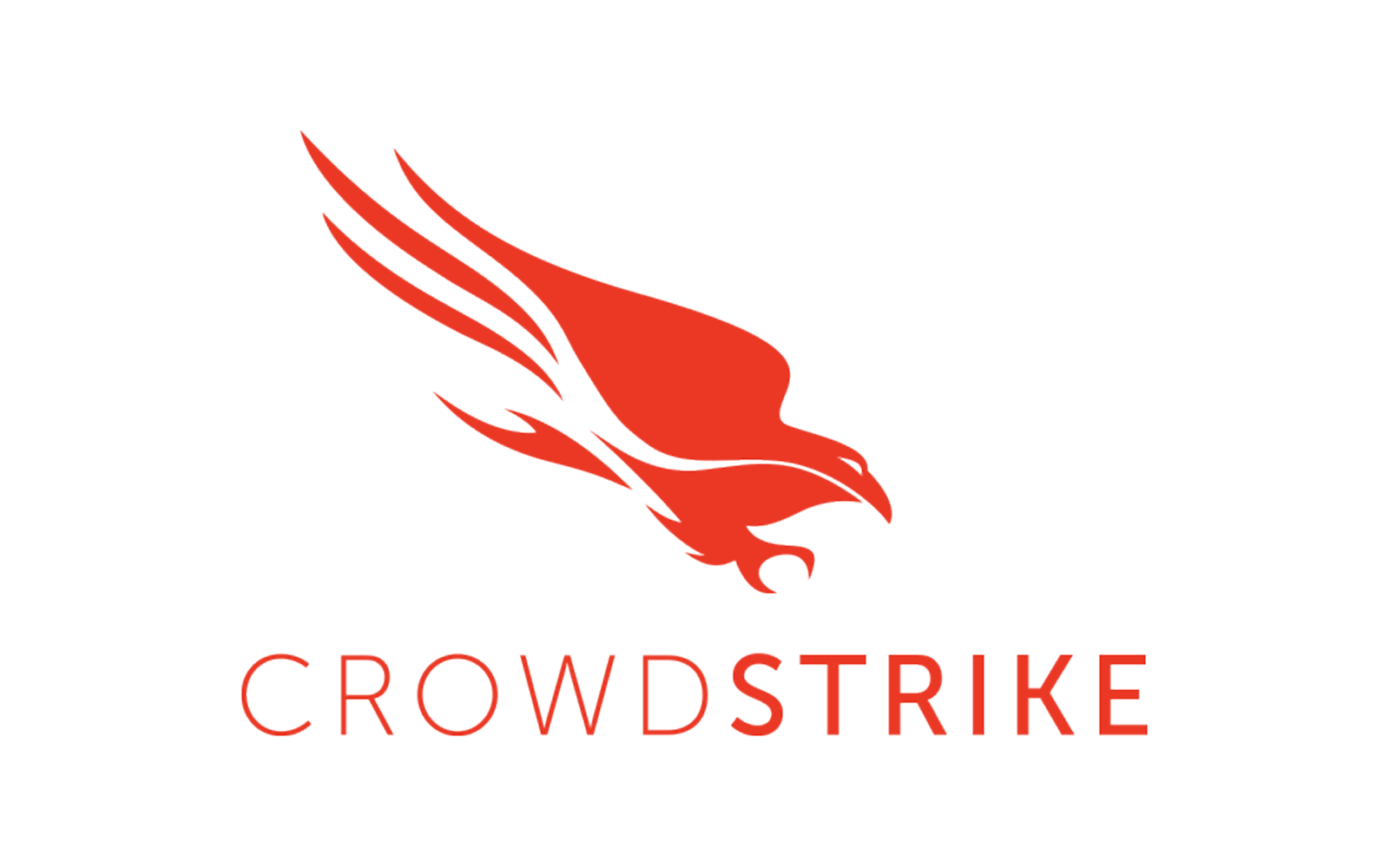
In the wake of Broadcom’s acquisition of VMware, IT leaders are navigating one of the most consequential infrastructure shifts in over a decade. The licensing model has fundamentally changed, and so must the way we think about capacity planning, platform selection, and infrastructure strategy. In this environment, making long-term commitments to new on-premises hardware—before a detailed optimization exercise—is not just premature. It may be financially reckless.
Here’s the reality: under Broadcom’s new model, licensing is based on core counts and pre-committed entitlements. That means if you buy new hardware today and overestimate your needs, you’ll be locked into three years of over-licensing and over-spending—regardless of whether your actual workload demands ever justify it. And in our experience, most environments are oversized by 30% to 50%.
This is not theoretical. It’s systemic. Without a clear understanding of workload utilization patterns, hardware refreshes become rigid cost anchors in a world that now demands agility. Worse, they foreclose on the ability to modernize and shift toward hybrid cloud adoption—a direction that is no longer optional for most enterprises.
With the introduction of VMware Cloud Foundation (VCF), organizations now have a path to not only consolidate their VMware stack into a unified, automated private cloud but also extend that infrastructure into the public cloud in a consistent, policy-driven manner. Choosing VCF before investing in hardware allows organizations to right-size their licensing, optimize utilization, and implement a future-ready architecture that supports dynamic scaling and hybrid workload placement.
And here’s where the cloud makes all the difference: hybrid computing is the most efficient, cost-effective way to run enterprise workloads today. You can scale resources up and down based on real-time demand. You can tier workloads between on-premises and cloud environments based on latency, compliance, and cost. You can isolate development environments without over-committing production hardware. But none of this is possible if you lock yourself into a fixed hardware footprint.
At GlassHouse Systems, we recommend IBM Cloud for customers adopting VCF in a hybrid model. Unlike other hyperscalers, IBM Cloud does not modify the VMware codebase. This means that VMs run identically on-prem and in the cloud—enabling true mobility and seamless management across environments. There’s no need to refactor, replatform, or adjust security posture just to move a workload. This technical consistency is what makes hybrid computing real and sustainable.
Before making hardware investments that will shape your cost structure for the next three years, organizations owe it to themselves to pause and reassess. Our recommendation is simple: before you buy new infrastructure, take advantage of right-sizing assessments, capacity modeling, and cloud-readiness workshops. Understand your true needs first. Design an architecture that reflects the new licensing model and leverages the flexibility of cloud computing. Then, and only then, make a purchasing decision.
The era of Broadcom demands a different approach—one that is measured, data-driven, and aligned to modern application and infrastructure needs. The cost of getting it wrong is high. The opportunity to get it right has never been better.








.png)


-1.png)

-1.png)


.png)